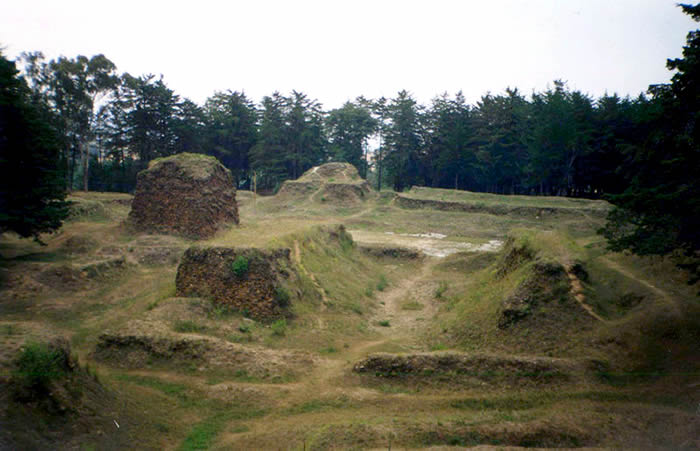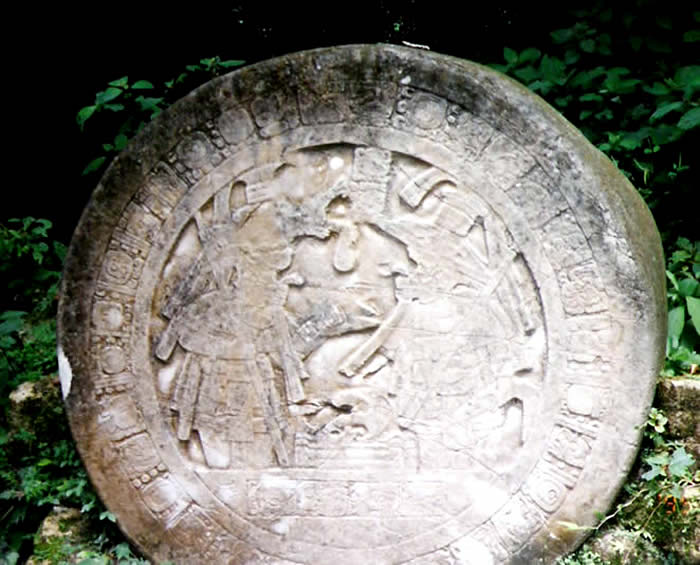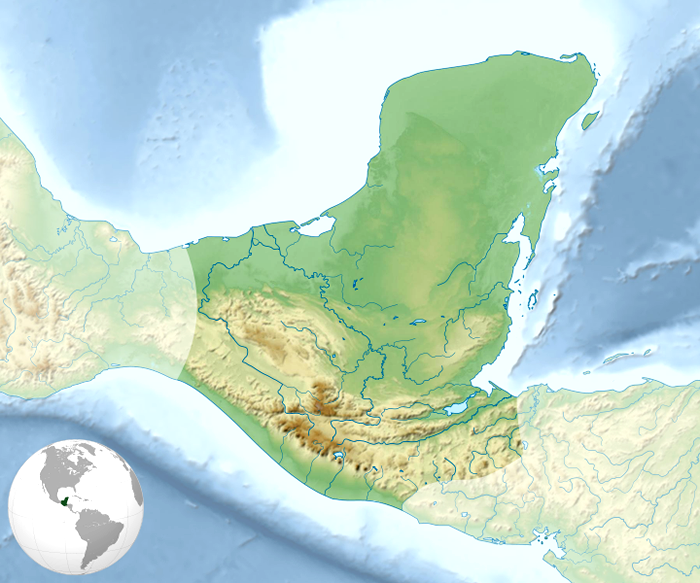 Mayan (Lamanite) Empire
Mayan (Lamanite) Empire

(Text by Duane R. Hurst © 2013)
Click on a link to view its information and pictures.
See Book of Mormon Map for Locations.
|
MAYAN LINKS: Significant Event: Battle at Cumorah (Alternate Site) Construction of Chichén-Itzá Recorded History in Book of Mormon Main Cities: Tikal (Ammonihah); Utatlán (Ishmael) Time: 600 BC - 1500 AD Language: Mayan Personage: Laman; Lemuel; Samuel Religion: Mayan Gods Related Country: Guatemala; Mexico Brief History: I have included only a few items concerning the history of this empire. A good source for more details can be found on Wikipedia or in history books. |
|
|
EARLY YEARS:
Current knowledge about this civilization is inaccurate and spotty speculation. The actual history of the "Mayans" can be found in the Book of Mormon. According to this record, Lehi led his family and other people from a home in ancient Jerusalem to settle in modern Guatemala. The family built a ship near Khor Karfot and crossed the Pacific Ocean. DIVISION INTO LAMANITES AND NEPHITES: Not many years after the death of Lehi, Laman and Lemuel threatened Nephi and his people, which resulted in a separation into two lands. Frequent wars occurred throughout their history and terminated in the destruction of the Nephites at Cumorah. Another aspect that seriously impacted the degeneration of both civilizations was the rise of secret societies such as the Gadianton Band. Frescos at Bonampak depicted the Nephites and darker-skinned Lamanites. Frequent and long periods of warfare highlighted the Lamanite-Nephite experience. Remnants of the older Olmec culture and other local tribes throughout Mexico and Central America likely participated in or were influenced by such wars. Murals depicted captives presented to local kings. VISIT OF RESURRECTED CHRIST: The most significant positive event in this civilization's history was the personal visit of the resurrected Jesus Christ to the people at Bountiful. Numerous prophets foretold this event, including Samuel the Lamanite. Earthquakes and volcanic eruptions altered numerous areas immediately after the death of Christ. He likewise radically altered society, ending contention and warfare over 200 years. The Classic Period between 250 and 900 AD saw extensive construction of cities, temples and roads throughout the Mayan region. Notable centers were at Bonampak, Caracol, Copán, Palenque, Tikal and Xunantunich. Later major population centers in the Yucatán were at Chichén-Itzá and Uxmal. TRIUMPH OF LAMANITES: Circa 421 AD, Lamanites largely destroyed the Nephite people in battle at the Hill Cumorah (see an alternate site). Defectors and Lamanites occupied the lands and eventually built cities and massive structures throughout the region. Mormon abridged the records of his people on gold plates and his son, Moroni, buried them for safekeeping. In 1820 AD, Moroni delivered them to Joseph Smith Jr. for translation and dissemination to the world. LATE MAYAN PERIOD: "Lamanite" Mayans occupied previous Nephite sites, such as Dzibilchaltun, Izapa, Lamanai and Yucatán locations. During the 8th and 9th centuries AD, people abandoned many lowland sites in the southern Mayan region. Loss of rainfall and drought conditions may have been the reason. Cities in the north continued to flourish, such as at Chichén-Itzá, Cobá, Edzná and Uxmal. Conquistadors from Spain took over 170 years to subjugate the Mayans. |
|
|
© Page Publisher: Duane R. Hurst
|


